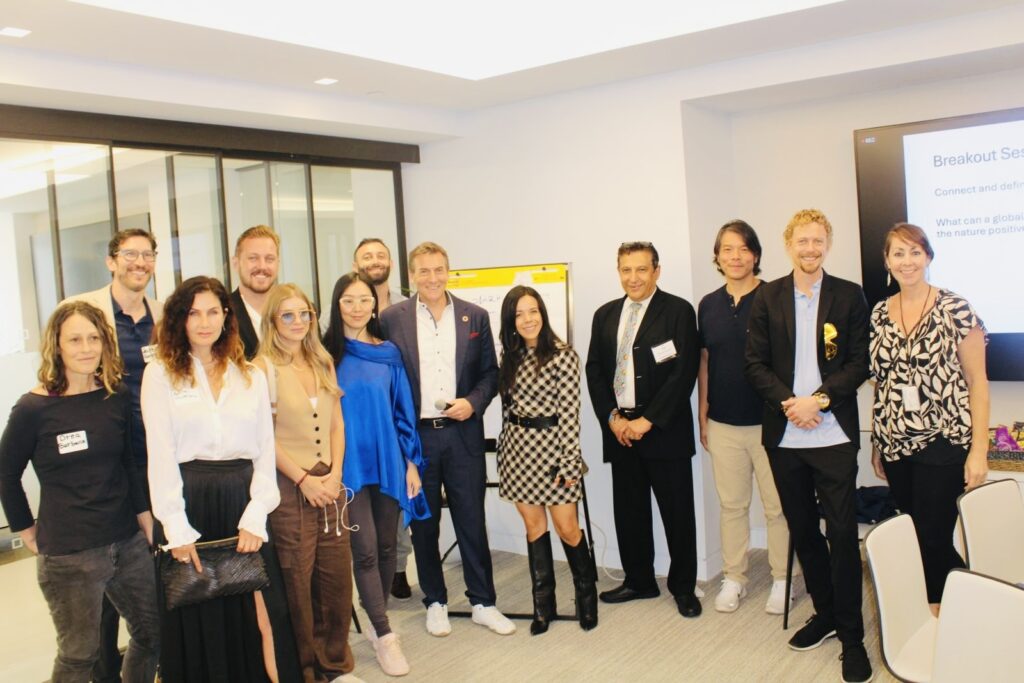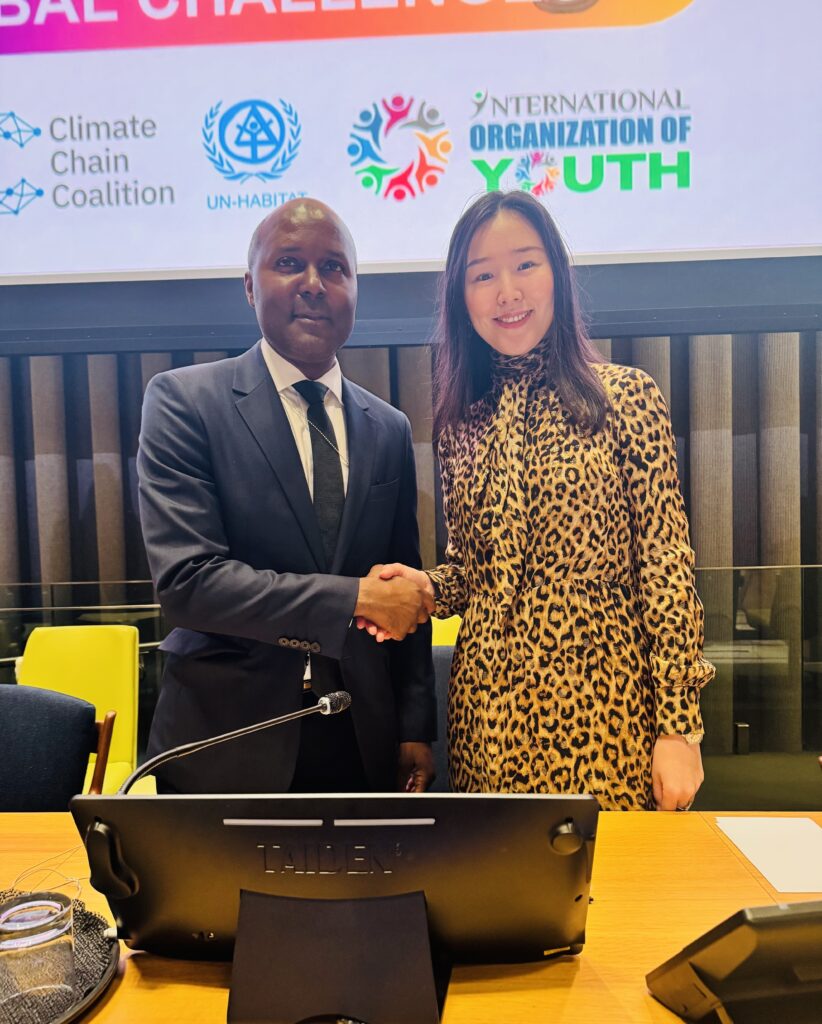By Relizon Ai — insights into what’s coming so you can stay ahead.
Search Engine Optimization (SEO) has always been about staying ahead—anticipating algorithm shifts, user behavior, and new technologies. As we approach 2026, SEO is evolving faster than ever. If you want your content, brand, or business to thrive, you need to understand the upcoming trends, tools, and strategies. In this post, Relizon Ai explores what the future of SEO will look like in 2026, why it matters, and how you can prepare now.
1. AI-Powered Search Gets Smarter
a) Conversational & Generative Search
Search engines are becoming more conversational. Rather than purely keyword-based queries, users are asking entire conversational questions: “How do I fix a leaky pipe in a 1970s home?” or “What are eco-friendly ways to cook pasta?” Instead of siloed keyword results, engines will increasingly return generative answers powered by large language models (LLMs) or hybrid models that mix structured data, neural networks, and human-edited knowledge.
This means content creators must think in terms of intent and context, not just keywords. It’s not enough to optimize for “leaky pipe repair” — what are the follow-up questions users have? What related concepts should you cover? Depth and coherence will matter more than just breadth of keyword stuffing.
b) AI-driven Content Assessment
AI won’t just help generate content; it’ll also help assess it. Search engines will increasingly use AI to evaluate quality: readability, factual accuracy, freshness, and user satisfaction signals (how long someone stays, whether they bounce, if they return).
Relizon Ai is already exploring tools and methodologies to audit content via AI, helping brands ensure their material meets these high bar standards. As AI evaluations become more entrenched, content that’s thin, plagiarized, or unhelpfully generic will be filtered out more aggressively.
2. Search Engines & SERPs: More than Links
In 2026, seeing blue links in search engine results pages (SERPs) will feel more and more old-school. Search engines are pushing toward immersive, mixed-media, and action-driven results.
a) Rich Results & Multi-modal SERPs
Expect:
- More video, image, and audio-rich snippets embedded directly in SERPs.
- Interactive elements (calculators, quizzes, maps) shown in search results.
- Voice-based results becoming mainstream as voice assistants evolve.
If your content strategy still centers on text-only blog posts, you’re going to be at a serious disadvantage.
b) Zero-click & Answer Boxes
Search engines increasingly answer the query directly—without sending the user to another site. These zero-click results (featured snippets, knowledge panels, rich cards) steal traffic but also offer brand visibility. Getting featured there will still matter for credibility and visibility.
So part of SEO in 2026 is optimizing specifically for featured snippets, structured data markup (Schema.org, RDFa, etc.), FAQs, and defining content in ways that align with knowledge graphs.
3. Emphasis on User Experience & Core Web Vitals
Page speed, mobile usability, security—these aren’t new, but they’re becoming even more non-negotiable. In 2026, a lag in user experience (UX) can be the difference between ranking on page one and being buried.
- Navigation, site structure, and internal links must be intuitive.
- Mobile-first design is not optional. Many users will access content via wearable devices, voice assistants, AR/VR headsets.
- Accessibility (alt-text, screen reader compatibility, captioned media) will influence ranking and legal compliance.
Relizon Ai helps businesses audit their sites for UX factors so they place as few technical barriers between their content and the user.
4. Quality, Trust & E-A-T (Expertise, Authority, Trustworthiness)
In the wake of misinformation, search engines must (and will) continue to favor content from trusted sources. E‑A‑T isn’t a buzzword—it’s a ranking necessity.
- Expert contributors: When possible, bring in domain experts, scientists, or reputed authorities who can be verified.
- Transparent sourcing: Clear citations, author bios, and revisions logs.
- Trust signals: Secure sites (HTTPS), thoughtful privacy policies, user reviews, and links from credible sites.
In 2026, even more than before, brands that can show deep expertise and trust will outperform generic content farms.
5. Personalization & Localization
Search results in 2026 will be far more personalized—based on user history, location, device, preferences. Also, with more reliance on voice assistants and smart devices, location-based and context-based queries will dominate.
- If someone asks “best pizza place,” the results will reflect their past behavior, preferences, and their proximity.
- Brands will need to build localized content (city/region specific), manage Google Business Profiles robustly, and consider hyperlocal SEO.
- Personalization goes beyond geography: language/dialect, device type, accessibility preferences, content format preferences (audio/video/text) will be taken into account.
6. Privacy, Ethics & Data Regulations
As user awareness grows, as well as legislations, privacy will no longer be an afterthought.
- GDPR, CCPA, and other regional laws will get stricter; terminology around cookies, consent, user data will become more standardized.
- Search engines may de-prioritize or penalize sites that do shady tracking or collect unnecessary personal data.
- Transparent privacy policies, minimized data collection, ethical AI usage will become ranking signals in some search engines or platforms.
7. The Rise of Voice, AR, VR & Immersive Interfaces
Search isn’t just what you type anymore.
- Voice search will be embedded in more devices; SEO strategies need to include more natural, conversational phrases.
- Augmented Reality (AR) & Virtual Reality (VR) interfaces will offer new content forms—think location-based overlays, virtual tours, or AR-enhanced shopping. How will search work when the result isn’t a page, but an interactive scene?
- Visual searches (e.g. snap a photo, find what that is) will grow; image SEO (alt tags, image quality, structured metadata) will matter more.
Brands that experiment with these modalities early will likely gain a competitive edge.
8. Automation, Tools & AI Collaboration (Not Replacement)
Yes, AI will generate content, suggest keywords, optimize structure, and audit performance—but it won’t eliminate human creativity or strategy.
- The future of SEO is about collaboration between people and AI. AI tools can help you scale content, handle repetitive tasks, spot patterns, but humans bring creativity, authenticity, insight, and brand voice.
- Tools will get smarter: automatic suggestions based on search intent, predictive content gaps, optimized content structure, sentiment-based feedback, etc. Relizon Ai is building toward integrating or advising these smarter tools.
9. Content Strategy: Depth, Purpose & Storytelling
Generic content won’t cut it anymore. In 2026, to win, you need:
- Deep content pillars: covering topics thoroughly—multiple subtopics, related queries, evolving trends.
- Storytelling and brand voice: content that not only informs, but builds connection and trust.
- Evergreen content combined with fresh perspectives: keeping content updated, adding new insights, reacting to current events or shifting consumer behavior.
10. Visual & Video Content: Dominant, Not Optional
Humans are visual creatures. And in a world of TikTok, YouTube, Instagram Reels, and short-form video, SEO will reward content rich in visuals and video.
- Video snippets in SERPs (“video result” cards), thumbnails, transcripts will matter.
- Clips or summaries of video content, embedded videos in blog posts, interactive visuals (infographics, diagrams) will help.
- Live video, streaming, audio content communities (podcasts, audio articles) will also play a role in boosting authority and engagement.
How to Get Ready: Action Plan for 2026
Putting this all together, here are practical steps you can take today so you aren’t scrambling in 2026.
- Audit Your Content & Site
- Use tools to identify thin content, outdated posts, broken links, slow load times.
- Check mobile usability, security certificates, Schema markup, core web vitals.
- Invest in Expertise & Trust
- Publish content from or reviewed by experts.
- Be transparent about who writes content, where data comes from.
- Capture and publish user reviews or testimonials.
- Optimize for Rich & Multi-modal SERPs
- Add structured data (FAQ, how‑to, product schema).
- Include video/image content, ensure good alt text, captions, transcript.
- Think about voice search: conversational keywords, question‑answer format.
- Focus on User Context & Personalization
- Build content for local relevance.
- Customize content for different formats (audio, video, text).
- Leverage data (while respecting privacy) to understand what your audience prefers.
- Stay On Top of Search Engine Signals & Policy Changes
- Keep up with changes to Google’s algorithm, search behavior, privacy laws.
- Monitor competitors and successful sites in your niche to see what is working.
- Blend Automation & Human Creativity
- Use AI tools for ideation, optimization, auditing—but keep your voice, creativity, purpose front and center.
- Use analytics, UX feedback to refine content constantly.
Final Thoughts
SEO in 2026 will look very different from SEO in 2023 or even 2024. It will be more demanding in terms of technical performance, quality of content, trust and authority, and diversity of media. But it will also offer greater opportunity for those who understand how to adapt.
At Relizon Ai, we believe the future belongs to those who see SEO not as a one‑off task, but as an ongoing, evolving strategy—one centered on humans, powered by AI, guided by intent and trust.
Stay curious. Stay user‑centric. Prepare now—and when 2026 comes, you’ll be in a strong position to thrive.




